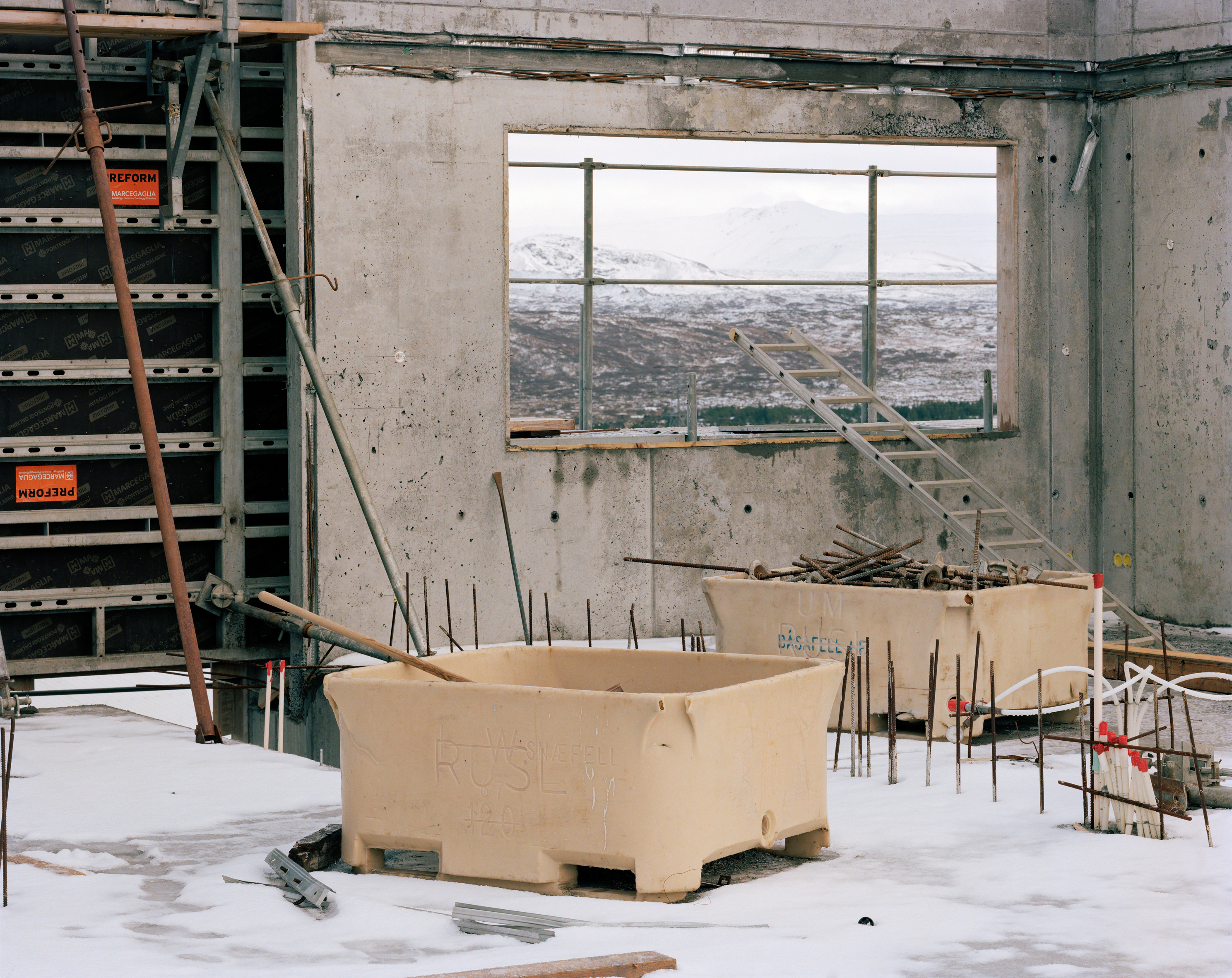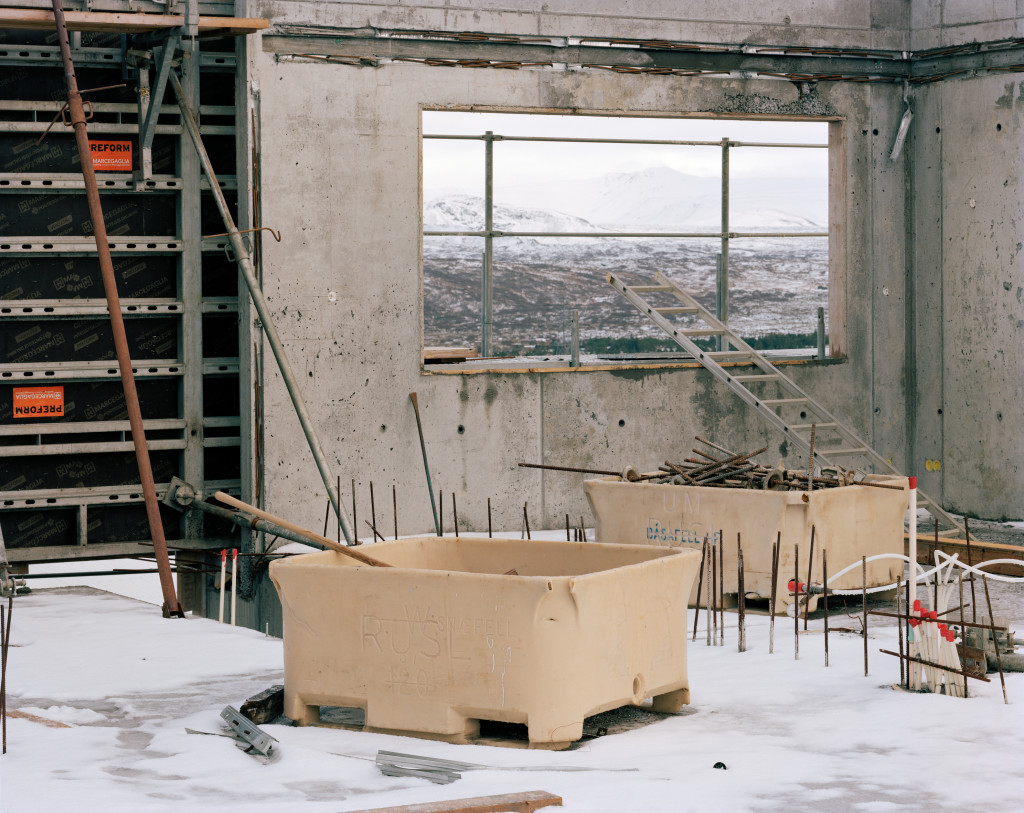Reykjavík’s planning history is a story of big dreams that never come to fruition. Ambitious ideas that either failed to thrive or were only given life in mangled implementations. Its evolutionary history is the subject of three new books.
Author: Pétur H. Ármannsson architect / Photographer Pétur Thomsen
In Reykjavík sem ekki varð (The Reykjavík That Never Was) historian Anna Dröfn Ágústsdóttir and architect Guðni Valberg reveal, replete with illustrations, some intriguing proposals for public buildings in downtown Reykjavík that never came to be. There are some real missed opportunities alongside ideas that thankfully never saw the light of day. The second book, Borgir og Borgarskipulag (Cities and City Planning) by city planner Dr. Bjarni Reynarsson, has a chapter on the history of building and planning in Reykjavík, which includes a convenient overview of the capital’s planning history in the context of international developments.
The third book, Scarcity in Excess: The Built Environment and the Economic Crisis in Iceland, focuses on contemporary Iceland, the banking crisis and its implications on the built environment. The book is the product of an international research project at the Architecture School of Oslo on scarcity and creativity. Chief editor Arna Mathiesen, an architect with APRIL Architects in Oslo, joins about sixty other contributors including academics, artists, architects, city planners and activists…
…When discussing the impact of the financial bubble and banking crisis on the environment, the danger is that one will focus on the visible symptoms rather than the underlying principles that determined how events played out. It’s crucial to make a distinction between the factors that can be attributed to circumstances specific to Iceland and factors that were manifestations of global trends. Frequent currency fluctuations and devaluations played a role in the disjointed evolution of Reykjavik’s planning. On the residential side, the structure of lending and it’s regulatory framework had a profound impact on the design of residences and their surroundings. Such prolonged instability and inflation makes long-term planning hard for individuals, companies and municipalities. With Iceland’s paltry króna and restrictions on currency exchange there’s no sure way to get a good return, so the safest investment option remains real estate. Generally the investor’s required rate of return dictates design and construction; consumer needs, wants and expectations for their environment are not necessarily high on the list. The laws and rules in place are meant to ensure the public’s interest and the integrity of the built environment, and in every fundamental way the regulations are analogous to those in neighboring countries. The problem, therefore, seems to lie not in the regulations themselves but rather in implementing and adhering to them. Many view society’s laws as a set of general guidelines, which may be disregarded when it suits their interests. Planning law grants municipalities extensive control, but there’s a real lack of determination when it comes to enforcement. Good intentions don’t often stand a chance against the influence of money, both in Iceland and abroad. Short-lived upswings in the economy have encouraged optimistic if unrealistic planning policy, without considering financial ability or the political will to follow it through…
Read the full article in the first issue of HA magazine.

